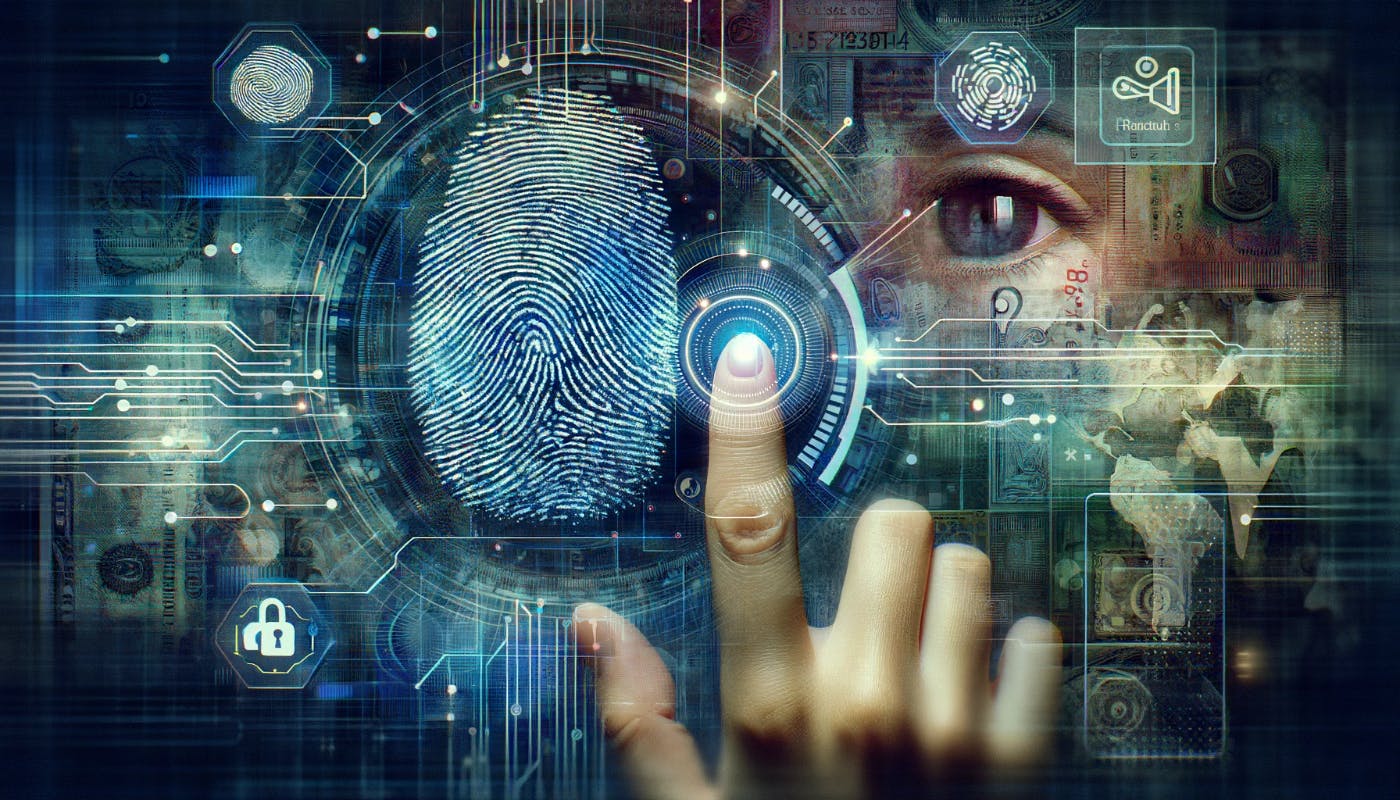147 reads
The Future of Financial Inclusion: Is Biometric Cardless Payment the Answer?
by
December 7th, 2023
Audio Presented by

Nitesh is associated with Concurate where he helps B2B SaaS businesses reach outstanding growth with content marketing.
About Author
Nitesh is associated with Concurate where he helps B2B SaaS businesses reach outstanding growth with content marketing.
